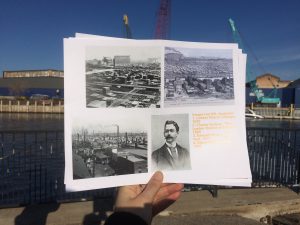In the video Crip Time (2017) by Philadelphia-based artist Carolyn Lazard, we watch two hands dole out units of medicine, one by one, into the expectant slots of a weekly dosage organizer. The methodical preparation plays out as a choreography of repetition and accumulation, a rhythmic tapping of pill on plastic. The pills themselves—studies in color and form as well as chemistry—become small ritual objects for marking time in a sick body. Abstracted from the suffering that necessitates them, these are pharmaceutical gemstones made from science we can’t access for purposes we aren’t told.
The video marks the beginning of Beyond Measure, curated by Charlotte Ickes and Jared Quinton at Tiger Strikes Asteroid. The show pairs Lazard, whose personal experience with Crohn’s disease has shaped how they make visible the procedures and power dynamics structuring a life with chronic illness, with Daniel Cerrejón, who takes on the ways we try to demystify the condition of having a body among other bodies. At a time when dominant cultural narratives rely on the supposed immateriality of information and the erasure of embodied forms of difference, Lazard and Cerrejón offer powerful missives from a more complex reality.
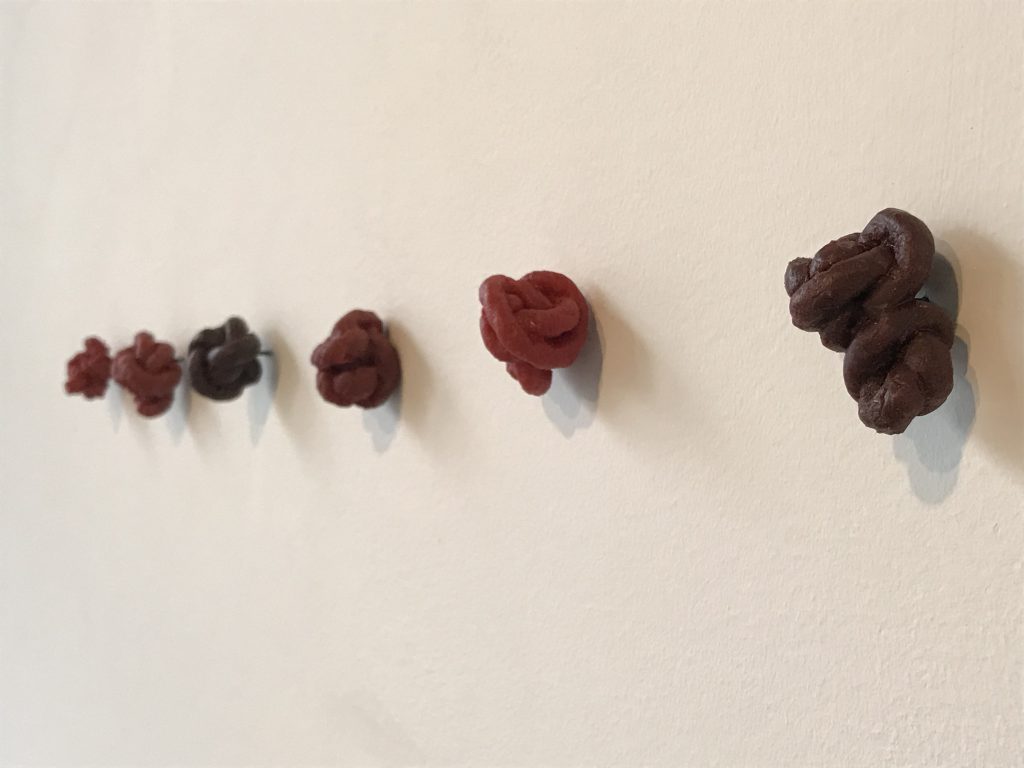
New York-based Cerrejón conjures the pliant erotics of measurement. In works like Seven objects made up of the average intimate distance between people (2015), he measures rope into an unusually anthropological quantity: how far apart, on average, someone stands when they feel emotionally close to the person next to them. He then winds the rope up into knots and casts the forms in rubber, visualizing negative space and irreversibly compressing it into balled up expressions of intimacy. Though the works describe distance, they feel achingly interior: their color and texture confer the visceral quality of guts, as though our desire to keep one another at arm’s length or closer is itself an organ that can be extracted and examined. Depending on one’s outlook, this material gesture traces the contours of affection, or desperation, or both.
The data that creates these sculptures is a statistical fiction in which human relationships become numbers in a spreadsheet. Plenty of questions haunt these calculations: where do these averages come from? How could a researcher even begin to measure things like these? And if they could, to what ends could this information be used? Cerrejón undermines the scientific method at every turn: we can’t access the “raw” information or even untie the knots to re-measure the lengths for ourselves.
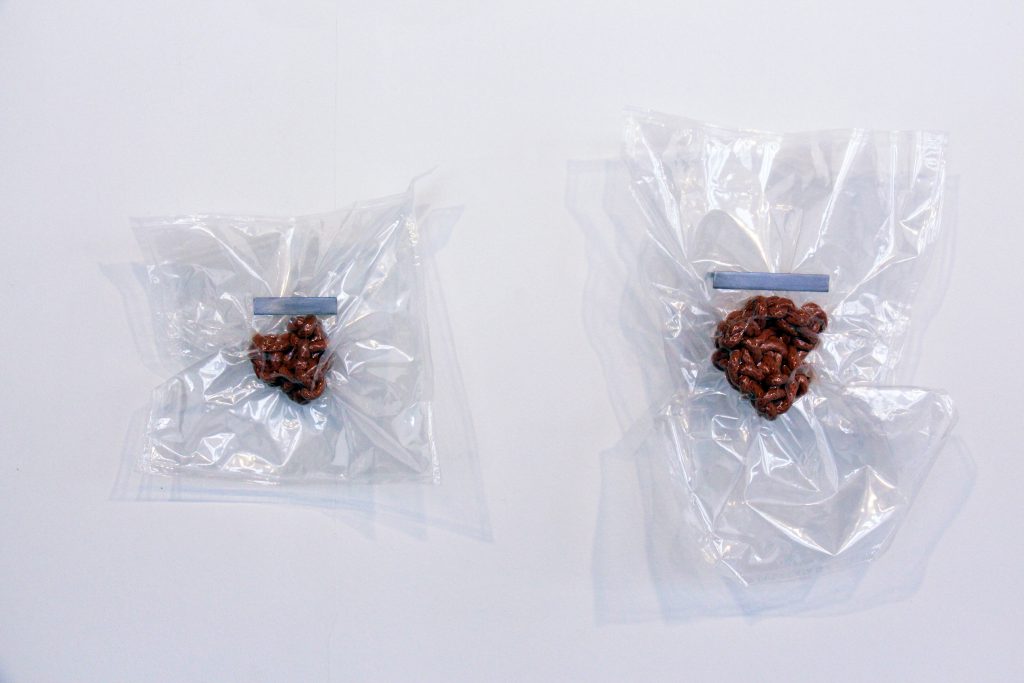
The knots in Cerrejón’s CORPUS series, on the other hand, are made of rope and could be unraveled—that is, if they weren’t vacuum sealed in plastic. The measurement of each rope is a biological calculation: the length of the average American’s body “from the tip of the toe to the tip of the hand,” say, or “from the buttock to the neck, all around.” The mental image of rope wrapping these lengths is charged with a sensual observational acuity. But that the creamy color of the knots comes from makeup supposedly the color of the skin tone of the “average American person” hints at a sinister subtext. The informational scheme recalls the legacy of phrenology and other protocols for pseudo-scientifically organizing people by normative characteristics: an often racialized and ableist practice used in the service of justifying subjugation. The work raises complex questions about the connective tissue between interpersonal and social forms of desire and control.
After Cerrejón has primed us for a struggle against the violence of normativity, Lazard’s second video, Get Well Soon (2016), offers a biting study of the obstacles set up for people whose bodies don’t fit the mold. The painful waking life of the protagonist, played by the artist, confines them to their apartment. At one point, they sit on the edge of a bed, cupping a handful of flesh on their leg. In their other hand is a thick syringe. Their arm winds up and plunges it downward. Like Lazard, the camera flinches at the moment of impact. But the vicarious queasiness at the injection—watching a body hurt itself to help itself—is no less piercing. These are the necessary rituals that are so often carried out behind closed doors, shrouded in the shame of privacy and propriety. Suddenly the choice to separate the video space from the rest of the gallery with a heavy, dark curtain feels like more than just a practical choice.
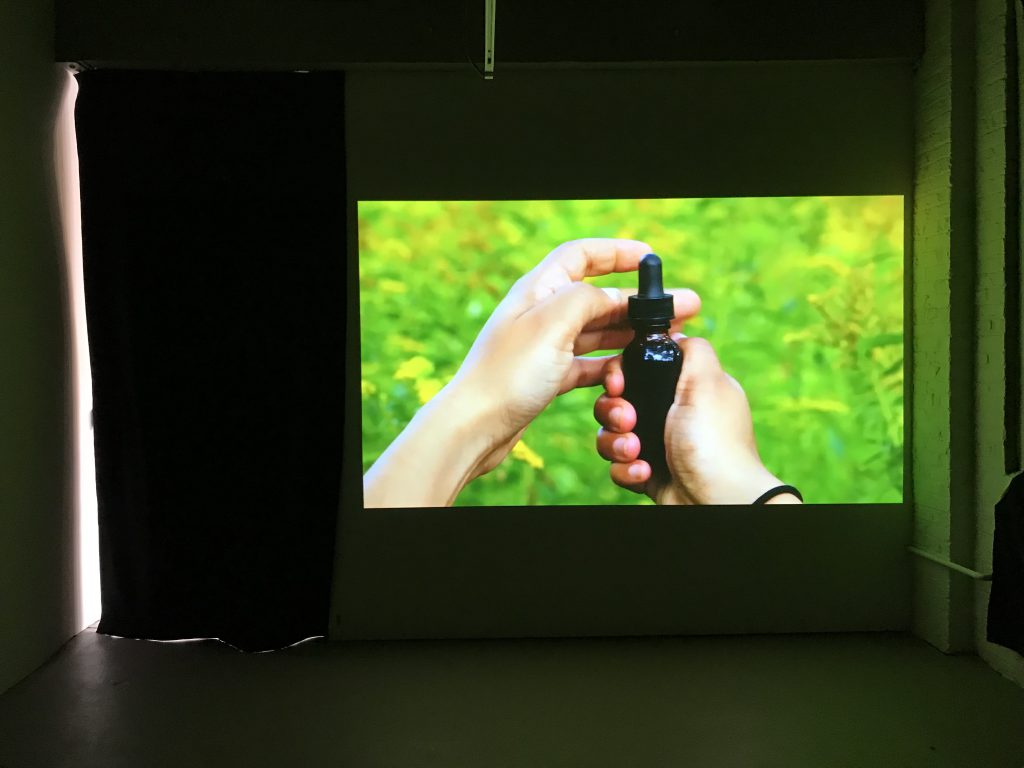
The protagonist falls into a fitful sleep, which unfolds as a simulated video game. Blinking prompts and typed instructions signal that we are playing through someone else’s lucid dream. In it, the artist trudges through a meadow in their nightgown on a quest to find a vial: a medicalized Nancy Holt, free to roam but caught in the reeds. This dream world is a fantasy of escape, but only to a point. Voicemails from a health insurance company interrupt the serenity, informing them that their claims have been denied; sleep solves the problem of mobility but not of oppressive bureaucracy. In addition to solitary agony, Lazard exposes illness as a network of institutional relations and a process of administration.
Throughout the video, the protagonist follows a cloyingly inspirational guided meditation. They should be “grateful and thankful for…the miracle we call our bodies,” the voice tells them. The irony is apparent. At one point, the video game text prompt reminds us, as players and stand-ins for Lazard, of the quest’s futility: “You realize you have neither the tools nor the expertise to find what you’re looking for.” It is a reminder of the way things can so easily going awry: typos in the precarious scripts that organize caretaking.
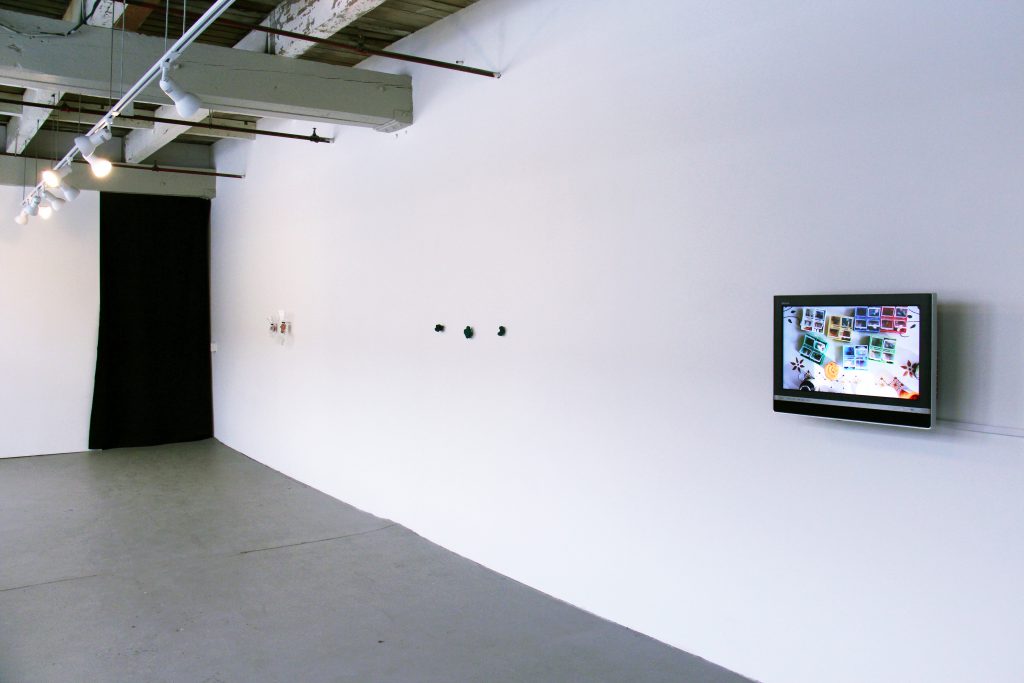
Ickes and Quinton have orchestrated an unexpected but mutually illuminating pairing. Where Lazard opts for video to show the slog of illness and treatment unfolding over time, Cerrejón keeps his sculptures at the cool, spatial remove of mathematical averages. Lazard’s works confront their audience with visual signifiers of physical illness; Cerrejón’s are wound tight into chunks of fleshy rubber that seem bodily only in the most material sense. Alongside Lazard’s busy hands and writhing bodies, Cerrejón’s sculptures dot the narrow space in neatly spaced clusters, clinging to the surface of the wall like skin tags.
On the way back through the curtain and out the door, look up and the exhibition offers a last delight: two of Cerrejón’s Zero Sum Objects (2015) are tucked into the ceiling like curatorial maraschinos. They aren’t human in the way the others are; they move away from the numbers we use to define bodies and toward the arbitrariness of calculations in general. In each, a knot of bright orange rope is precisely the same length as the snaking metal hook it hugs. These are self-reflexive objects, made of two unlike substances describing nothing but each other. Strikingly simple, their formula nevertheless gently prods the absurdity at the heart of the impulse to measure.
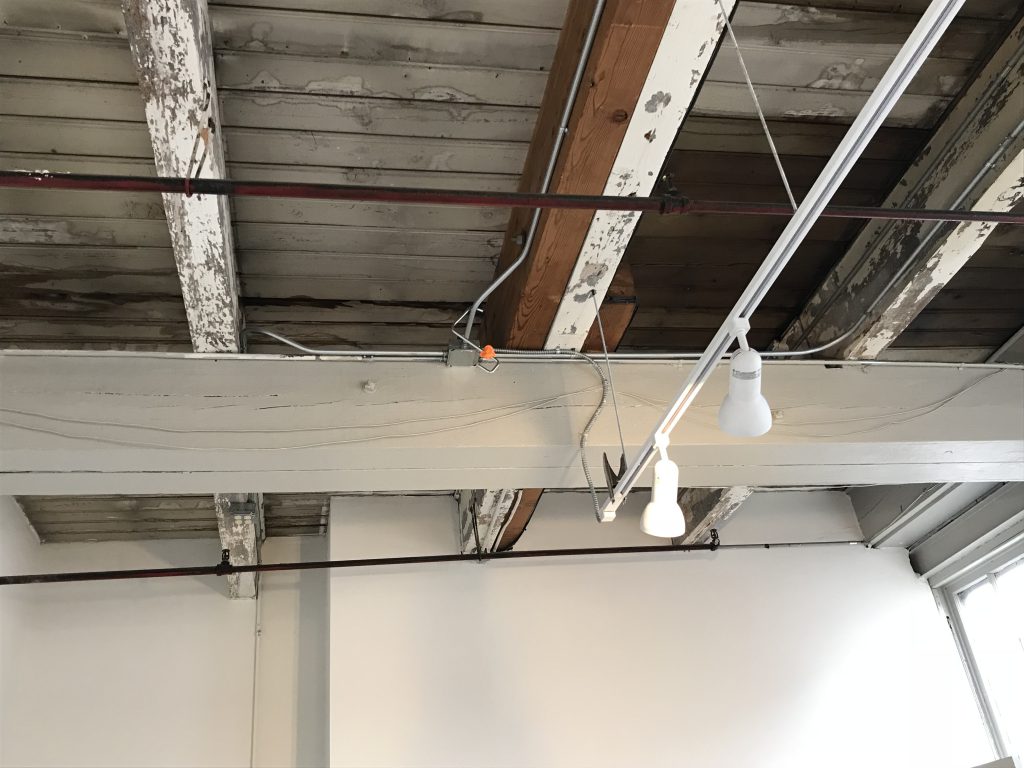
Ending the show here is a canny curatorial choice. In some sense, Beyond Measure presents wellbeing as quantifiable, apportioned into units of days, prescriptions, dollar amounts at the bottom of an insurance claim. But it just as lucidly suggests that each of these numbers alone is insufficient to capture the full experience of embodiment.
After all, with or without external metrics, we know when we feel good, or awful, or close enough to another person to reach out and touch skin.
Beyond Measure is on view at Tiger Strikes Asteroid through March 10, 2018.
Featured Image: A video still of two hands measuring out pharmaceutical pills into colorful weekly dosage organizers, seen from above. From Carolyn Lazard’s Crip Time (2017). Image credit: Nina Wexelblatt.
 Nina Wexelblatt is a Chicago-based writer and curator interested in the intersections of art, ecology, and technology. She is currently Curatorial Assistant at the MCA Chicago. Nina earned a BA from Yale and MA from Williams College. You can follow her on Twitter @nina_rrose.
Nina Wexelblatt is a Chicago-based writer and curator interested in the intersections of art, ecology, and technology. She is currently Curatorial Assistant at the MCA Chicago. Nina earned a BA from Yale and MA from Williams College. You can follow her on Twitter @nina_rrose.



